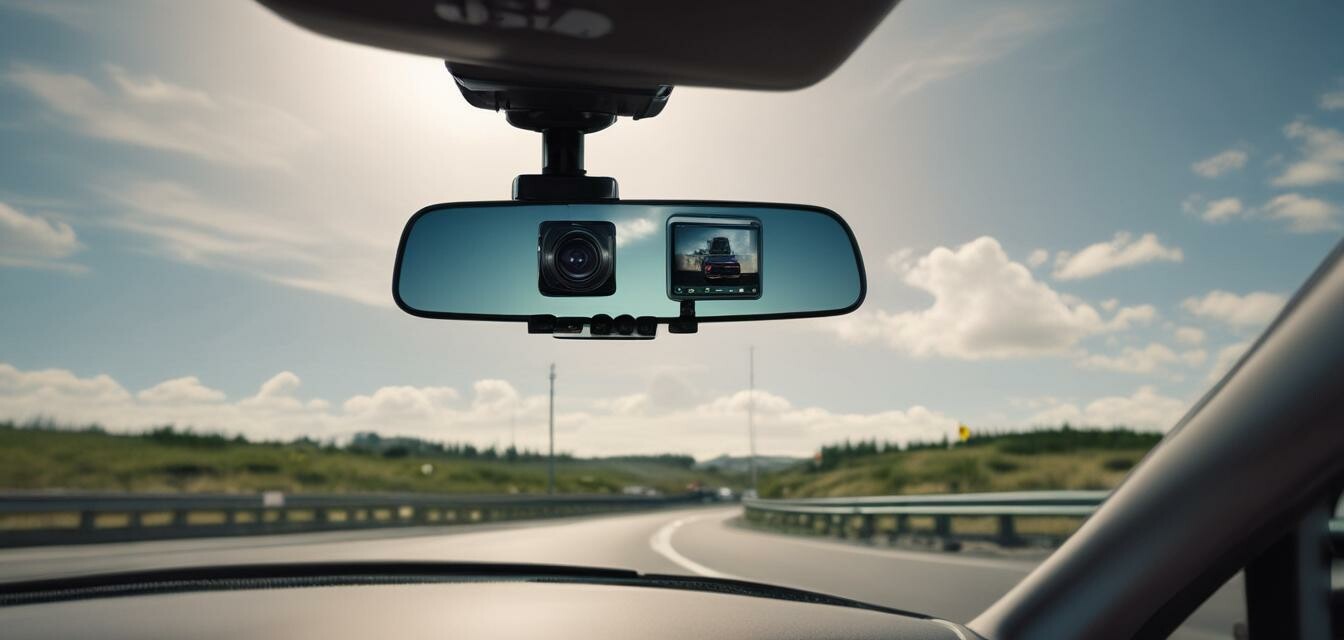
What to Know Before Choosing a Wireless Dashcam
Key Takeaways
- Understand essential features like video quality, storage, and connectivity options.
- Consider user-friendliness and installation ease.
- Assess the reliability of customer support and warranty.
- Research different brands and models to find the best fit for your needs.
- Keep an eye on pricing and compatibility with your vehicle.
Investing in a wireless dashcam can be a smart decision for vehicle owners looking to enhance their safety and capture crucial moments on the road. However, with so many options available, knowing where to start can be overwhelming. This guide will walk you through the key factors to consider before purchasing a wireless dashcam to ensure you make an informed decision.
Why Choose a Wireless Dashcam?
Wireless dashcams offer several advantages, making them popular among drivers:
- No messy wires: Wireless models eliminate the need for complicated wiring, simplifying the setup process.
- Flexible placement: They can be mounted in various locations without being hindered by cables.
- Easy accessibility: Most wireless dashcams can connect directly to your smartphone, allowing for quick access to footage.
Key Features to Consider
Before you make your purchase, consider these essential features:
| Feature | Description | Importance |
|---|---|---|
| Video Quality | Look for at least Full HD (1080p) for clear recordings. Some offer 4K resolution. | High video quality ensures better detail in recordings, especially in critical situations. |
| Storage Options | Check if the dashcam supports MicroSD cards or cloud storage for recording footage. | Adequate storage is essential to ensure you can keep all significant recordings without running out of space. |
| Battery Life | Assess how long the dashcam can operate on battery power alone. | Good battery life guarantees that the device can capture footage even when the vehicle is turned off. |
| Wi-Fi Connectivity | Determine if the dashcam connects to your phone via Wi-Fi for ease of access. | Wi-Fi connectivity allows for quick downloading of footage and changing settings via a mobile app. |
| Ease of Installation | Some models come with straightforward mounting options and user-friendly instructions. | Easier installation saves time and hassle, letting you start using your dashcam right away. |
Understanding the Pros and Cons
Pros
- No messy wires to deal with.
- Generally easier to install than wired models.
- Usually lightweight and compact.
- Some models come with advanced features such as night vision or GPS.
Cons
- May have limited battery life compared to wired dashcams.
- Can be more expensive than some wired alternatives.
- Reliability may depend on the quality of the Wi-Fi connection.
Tips for First-Time Buyers
What You Should Know
- Always read customer reviews to gauge real-world performance.
- Consider brands with good customer service and warranties.
- Compare multiple models to find the best features for your budget.
- Look for updated models that offer the latest technological advancements.
- Check compatibility with your smartphone for seamless access.
Conclusion
Choosing the right wireless dashcam involves understanding key features that align with your driving needs. With this guide, you can confidently explore your options and select a dashcam that provides both protection and peace of mind. For more information on different types of dashcams, be sure to check our Wi-Fi Enabled Dashcams and Buying Guides categories. Make an informed investment that enhances your driving safety and experience.
